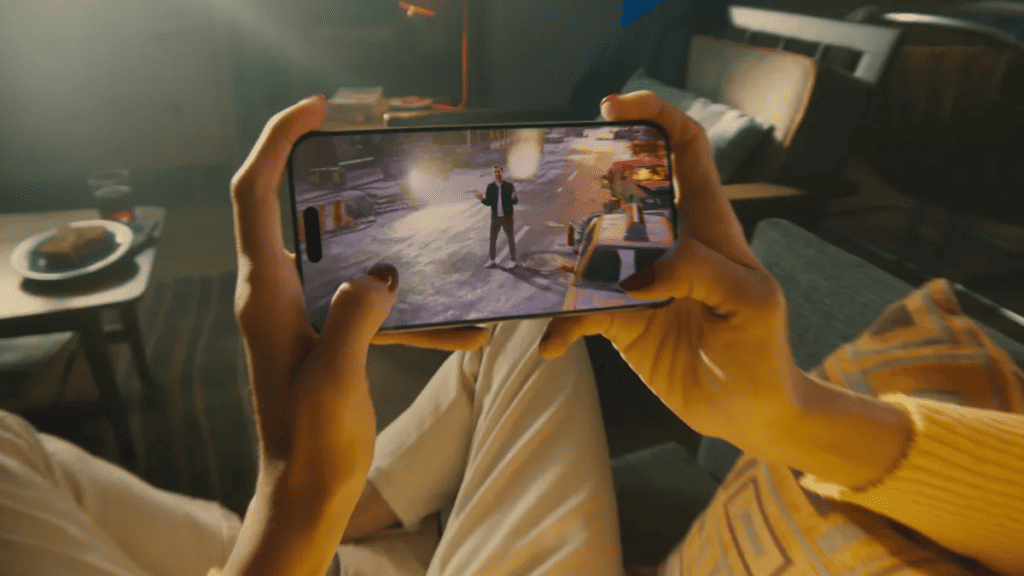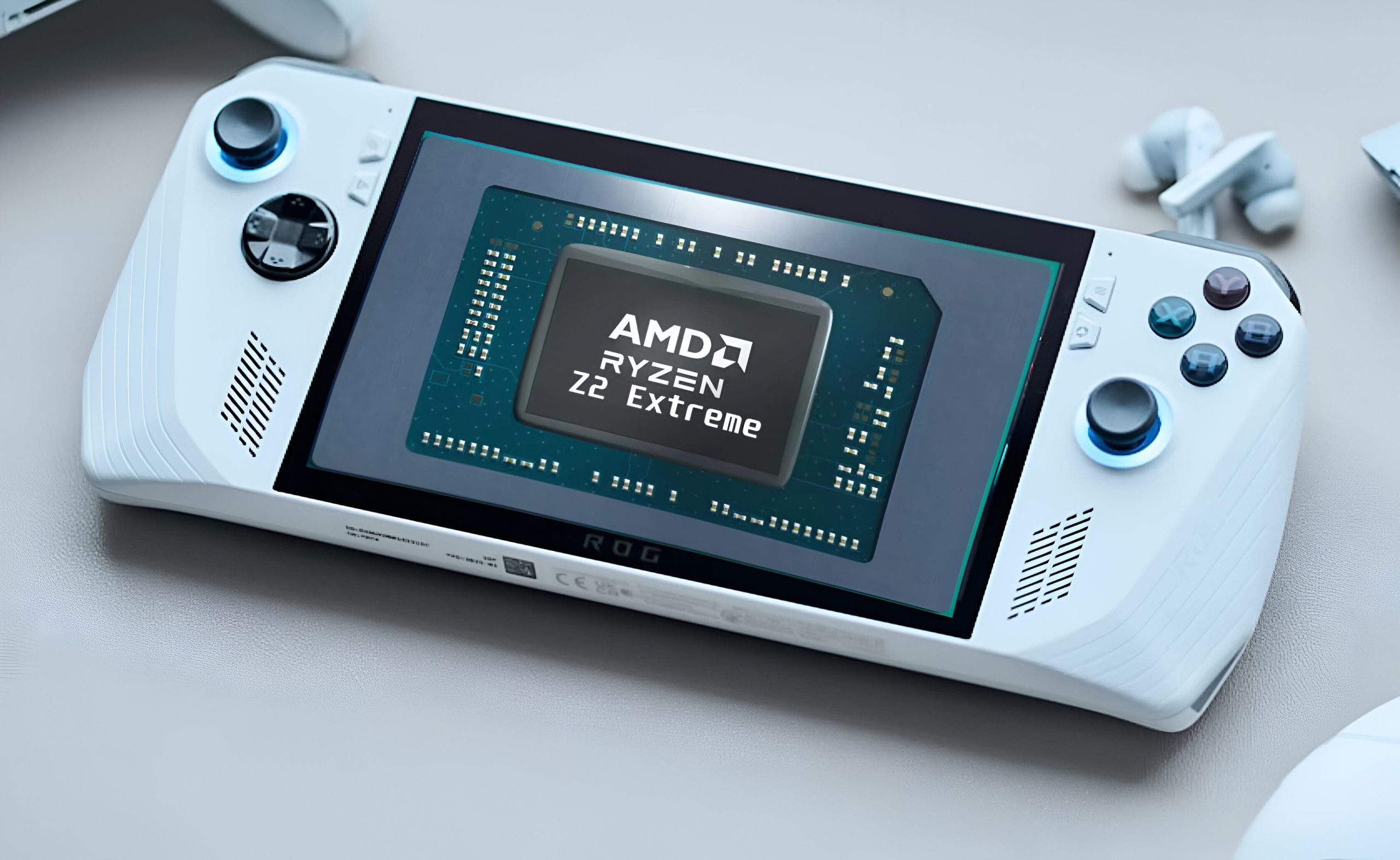Huge: iPhone 15 Pro is the next big AAA game console – During Tuesday’s iPhone 15 launch event, Apple spent some time focusing on games, and while we got the usual mobile devs talking about the improved hardware and software features, we also learned that some very recent top-tier console games are coming to the iPhone, including the Resident Evil 4 remake, Resident Evil Village, and Death Stranding. The iPhone’s differentiation from dedicated handheld gaming devices, such as the recently launched Steam Deck, has been mainly academic – and with the 15 Pro, it’s degrading even further.

Assassin’s Creed Mirage, a forthcoming Ubisoft game from the popular franchise, will also be launched on the iPhone 15 Pro, and the device will offer hardware-accelerated ray-tracing dynamic lighting effects. This isn’t just a continuation of the device’s already impressive gaming history.
When the original iPhone opened up software access to third-party developers, it transformed gaming so drastically that the really enormous moneymaking industry titans of today are all mobile developers. Despite this, it has never penetrated the market inhabited by console manufacturers and PCs, a gaming stratum that even the Mac hasn’t been able to penetrate despite many attempts over the years.
The iPhone has the potential to cement Apple’s position as a must-target location for big-budget, large-studio game releases. The A17 Pro CPU that powers the iPhone 15 Pro and Pro Max is on par with processors found in devices such as the Steam Deck, Asus ROG Ally, Lenovo Legion Go, and many other portable form factor console PCs on the market and in development. And, when combined with devices like the Backbone One USB-C controller, which announced support for the iPhone 15 soon after its release, the iPhone 15 Pro has the potential to render separate gaming hardware obsolete.
There are conditions, and ways in which the iPhone’s future as a AAA gaming console could yet fail, despite its superior technical prowess, enormous installed user base, and some marquee game industry partners. iOS as a development target is still a reach compared to Windows (or SteamOS, which doesn’t even need to be a separate target), but Apple is making gains with compatibility tools, particularly following its WWDC developer event earlier this year.
The bigger question is whether Apple can successfully pursue and maintain strong relationships with game creators in the same way that console manufacturers like Sony and Microsoft do. Apple’s approach to developer relations has always been very different from that of gaming console hardware makers, with far less focus on relationship building and incentivizing studios for things like exclusives and timed exclusives.
Apple, on the other hand, has done some of that and made greater headway in this area with the launch of Apple Arcade a few years ago. And it will always have the incentive of access to a vast potential audience — though the Pro focus this year limits that slightly compared to having the ordinary, non-Pro iPhone in the mix as well.
However, the A17 Pro will trickle down the line next year, and Apple’s processor progress means that the entry-level iPhone will likely gain gaming chops at a much faster rate than successive console generations — and than more niche devices like the Steam Deck, which are unlikely to get annual improvements due to the cost-benefit math required.
I haven’t even mentioned how the iPhone 15 Pro’s video out and extensive, multimanufacturer-native controller support means it could possibly replace not just a mobile AAA console, but also a living room one. The reasons for it to happen are becoming more appealing and numerous, and the 15 Pro appears to be the generation that breaks open the floodgates and makes “Coming to PS5, Xbox Series X, and iPhone” the default in the marquee gaming business.


















